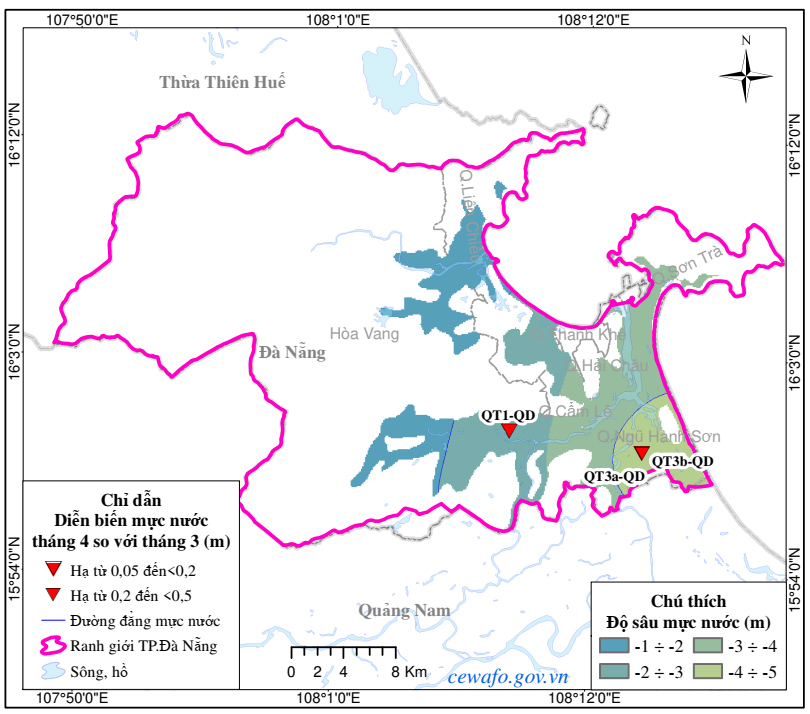 |
| Diagram of water level evolution of qh aquifer (Holocene). |
The announcement stated that the climate characteristics of Da Nang city are the dry season from January to August and the rainy season from September to December. Within the city, there are currently 3 underground water resource monitoring projects managed and operated by the National Center for Water Resources Planning and Investigation.
Within the city, the average water level in April tends to decrease compared to March. The lowest value is 0.33m in Hoa Quy ward, Ngu Hanh Son district. The shallowest average water level in the month is -2.54m in Phuoc My ward, Son Tra district (QT1-QD) and the deepest is -5.07m in Hoa Quy ward, Ngu Hanh Son district (QT3b-QD). It is forecasted that the groundwater level in April and May tends to decrease, from 0.15m to 0.23m.
The National Center for Water Resources Planning and Investigation proposes and recommends: Currently, in the city, there are no works with water depths that require warning. However, to ensure stable exploitation, it is necessary to closely monitor the development of groundwater levels in aquifers in the basin and the following forecast bulletins to serve the management and effective exploitation of groundwater resources.
Most of the water quality indicators in the city are within the allowable limits, meeting the basic criteria according to QCVN 09:2023/BTNMT. However, some works have parameters exceeding the allowable limits, concentrated in the qh aquifer (Holocene). The parameters exceeding the threshold mainly include Ammonium and Iron.
FAMILY BLESSINGS
Source: https://baodanang.vn/xa-hoi/202506/du-bao-va-canh-bao-tai-nguyen-nuoc-duoi-dat-tai-da-nang-4008095/








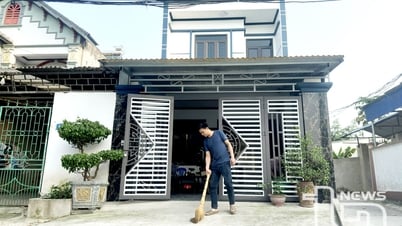

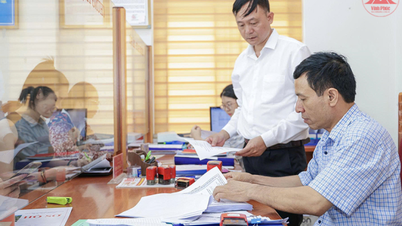




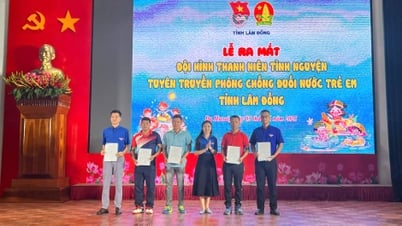







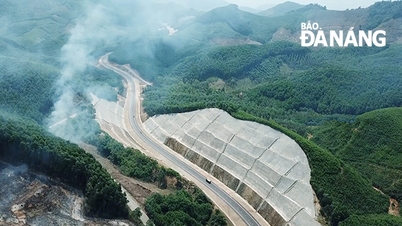







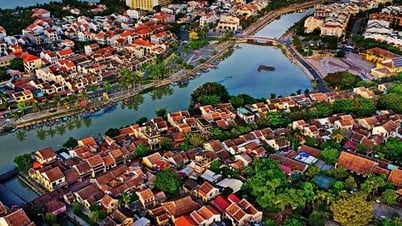














































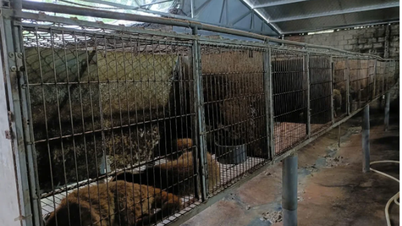
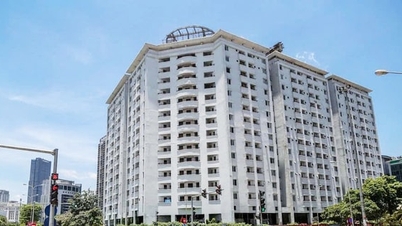














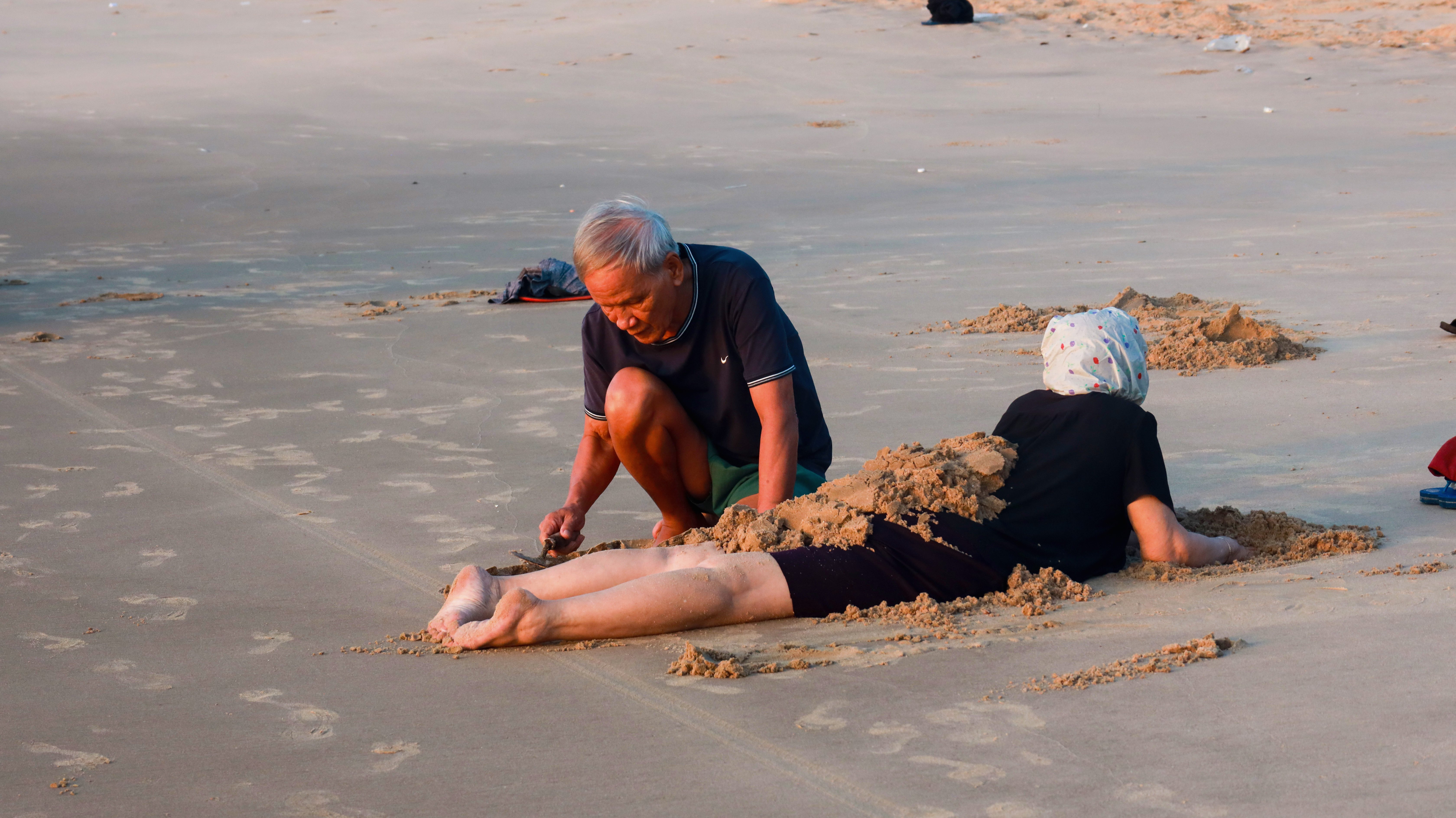



Comment (0)